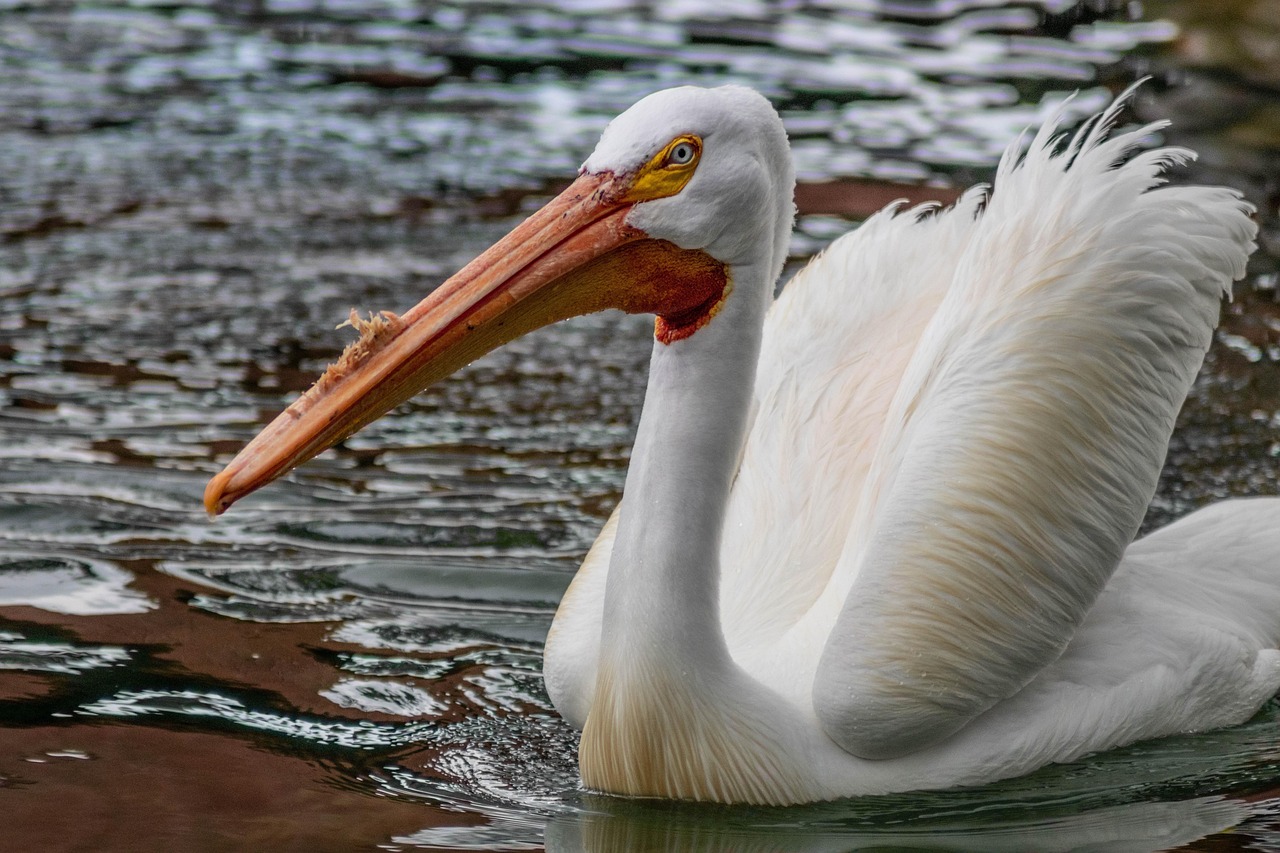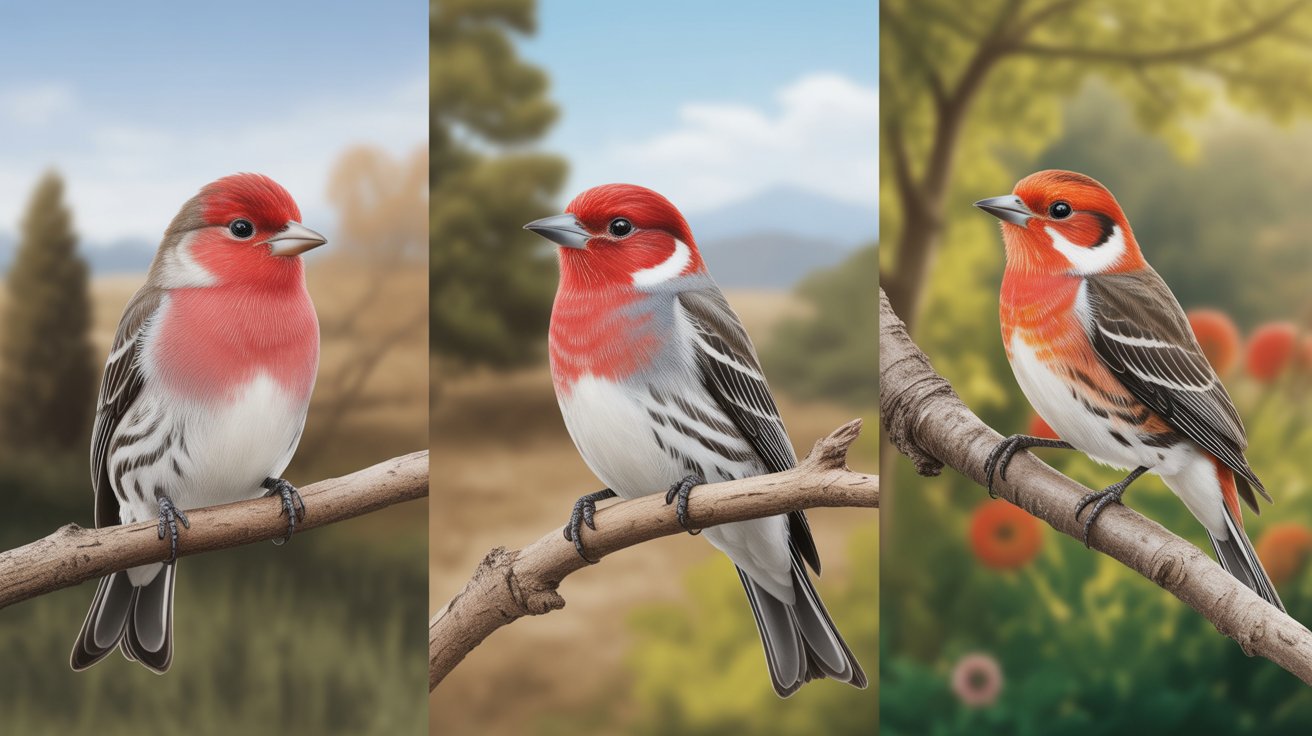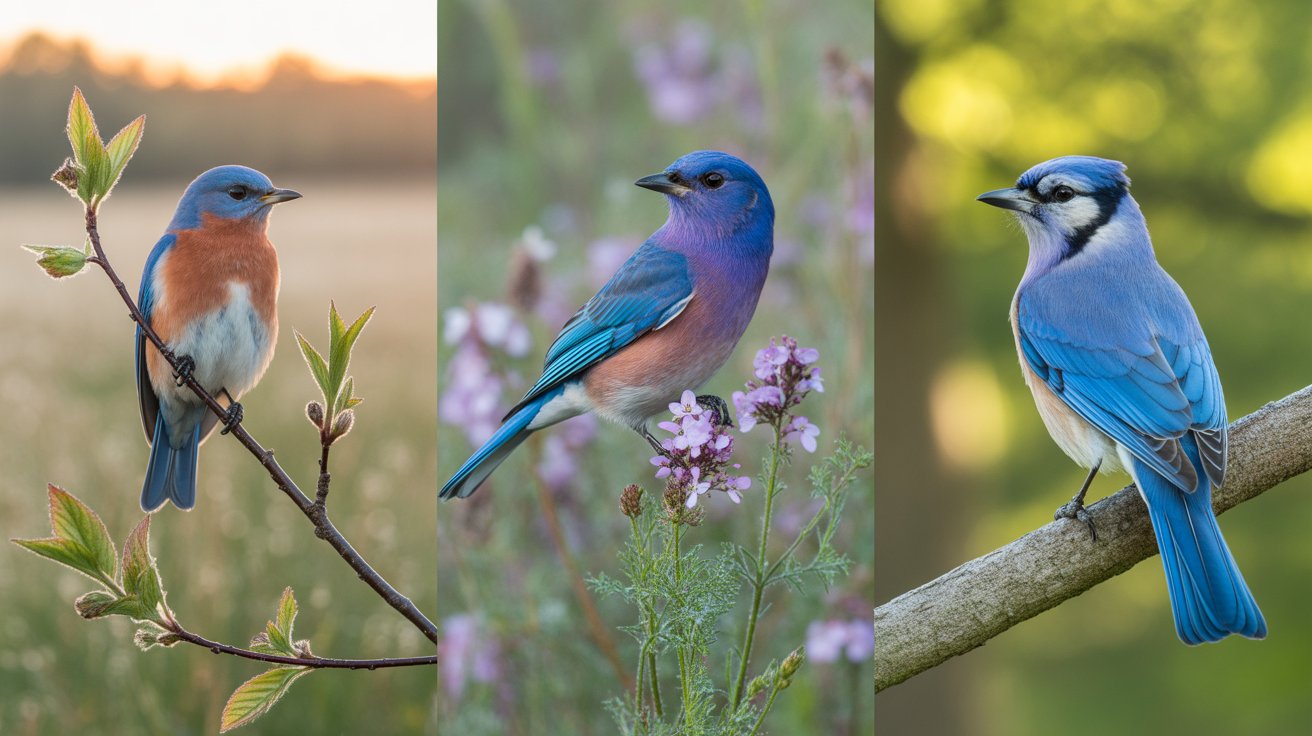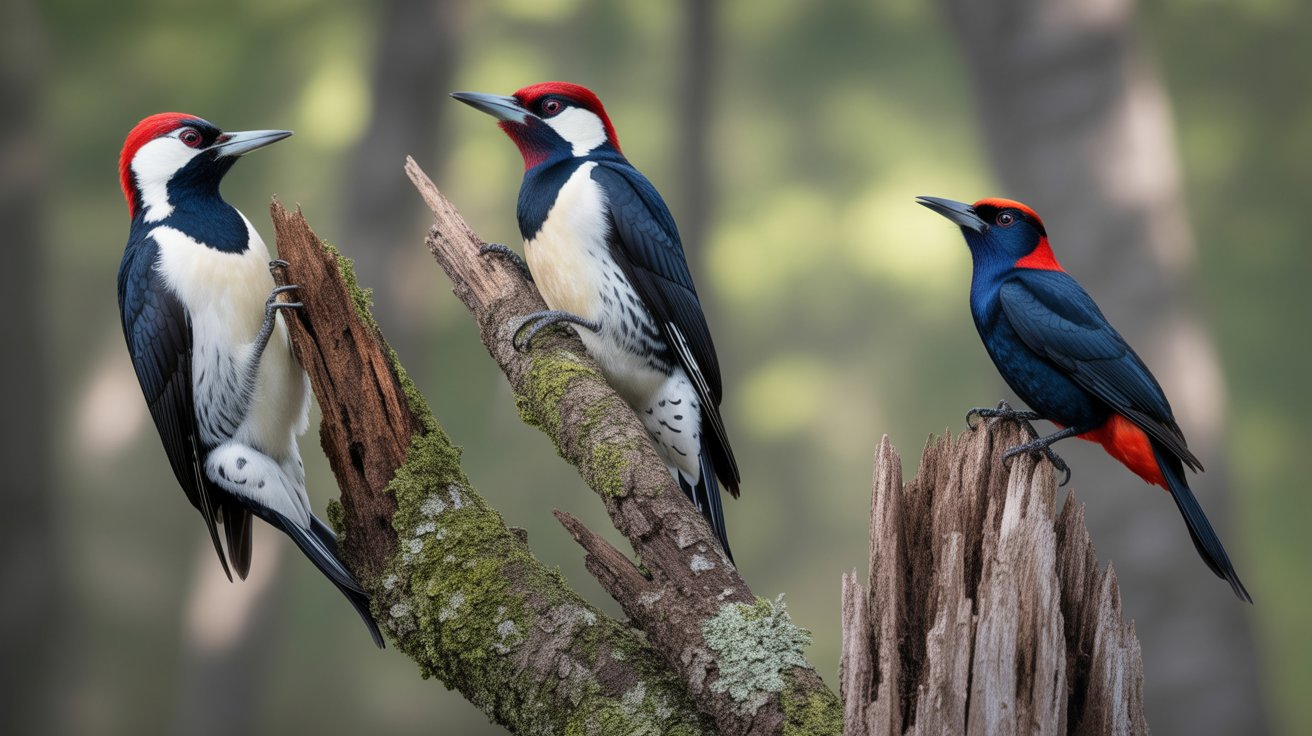Discover the Majestic American White Pelican
If you’ve ever spotted a large, graceful white bird gliding effortlessly over a lake or marsh, you might have witnessed the impressive American White Pelican in action. These stunning birds are known for their striking white plumage, massive wingspan, and unmistakable orange bills. Unlike many other pelicans that dive from the air for fish, American White Pelicans are quiet, cooperative feeders that work together to corral fish in shallow waters.
Whether you’re an avid birdwatcher, a curious nature lover, or someone planning your next trip to a wildlife refuge, learning about the American White Pelican offers a fascinating glimpse into one of North America’s largest and most majestic birds.
In this article, you’ll explore everything from their physical features to their social behaviors, diet, nesting habits, and more. By the end, you’ll have a deep appreciation for these birds and be able to recognize them easily in the wild.
American White Pelican
Scientific Classification
- Scientific Name: Pelecanus erythrorhynchos
- Family: Pelecanidae
- Order: Pelecaniformes
- Class: Aves
- Genus: Pelecanus
The American White Pelican belongs to the same family as other pelicans, known for their distinctive throat pouches and large bills. This species stands out not just for its size, but also for its unique feeding habits and social nature.
Physical Description
The American White Pelican is one of the largest birds in North America. Its appearance is both commanding and elegant, making it hard to miss.
- Wingspan: 8.5 to 9.5 feet (260–290 cm)
- Length: 50 to 70 inches (127–178 cm)
- Weight: 11 to 20 pounds (5–9 kg)
Their feathers are pure white except for the black flight feathers on the outer edges of their wings, visible only in flight. During breeding season, adults develop a noticeable bump or “horn” on the top of their orange bills—an unusual feature not seen year-round.
Their eyes are yellow-orange, and their legs and feet are bright orange. Despite their bulk, they are graceful fliers and often soar in formation with other pelicans.
Habitat and Distribution
American White Pelicans are found primarily in inland freshwater lakes, marshes, and reservoirs during the breeding season.
- Breeding Range: Central Canada and the northern United States, including states like Montana, North Dakota, Minnesota, and parts of the Midwest.
- Winter Range: Coastal regions along the southern U.S., including the Gulf of Mexico, California, and Mexico.
Unlike their cousin, the Brown Pelican, they rarely dive for food. Instead, they prefer shallow lakes and wetlands where fish are easier to catch by swimming.
They typically return to the same breeding colonies each year, which are often located on remote islands with little human disturbance.
Behavior
American White Pelicans are highly social birds. They breed in colonies and migrate in large flocks, often flying in V-shaped or linear formations.
One of the most fascinating behaviors is their cooperative feeding strategy. Rather than fishing alone, they form semicircles or lines and herd fish together. This teamwork increases their chances of catching prey efficiently.
Despite their size, they are surprisingly quiet. They rarely make vocal sounds, relying more on visual displays during courtship and nesting.
They spend much of their day feeding, preening, or resting in groups on sandbars or open water.
Diet
These pelicans are primarily piscivorous, meaning they eat mostly fish. However, they may also consume amphibians and small crustaceans when available.
- Common Prey: Minnows, carp, catfish, salamanders, crayfish
Unlike Brown Pelicans, American White Pelicans don’t dive from the air. Instead, they dip their bills into the water while swimming or paddle together to corner fish in shallow areas.
An adult can eat up to four pounds of food per day. Their large throat pouch isn’t used to store food long-term but helps them scoop up water and fish before draining the water out.
Breeding and Nesting
Breeding season begins in early spring, usually from April to June. American White Pelicans nest in large colonies, sometimes with thousands of pairs on the same island.
- Nesting Sites: Flat, open ground on remote islands near freshwater
- Nesting Material: Twigs, grass, and feathers
- Eggs: Usually 1–3 eggs per clutch
- Incubation Period: Around 30 days
- Fledging Time: 9–10 weeks after hatching
Both parents share duties, including incubating the eggs and feeding the chicks. The chicks are born naked and blind but grow rapidly thanks to regurgitated meals from their parents.
Interestingly, only one chick usually survives per nest due to sibling competition and limited resources.
Interesting Facts
- Massive Wingspan: With wings stretching over 9 feet, they rival the wingspan of California Condors.
- No Diving: They are one of the few pelican species that never dive for fish.
- Breeding Bump: The odd-looking bump on their bill appears only during breeding season and falls off afterward.
- Efficient Fliers: Despite their size, they use thermals and glide effortlessly for hours during migration.
- Conservation Success: Once threatened by habitat loss and pesticide use, their populations have rebounded thanks to conservation efforts.
Frequently Asked Questions
1. Are American White Pelicans endangered?
No, American White Pelicans are not currently endangered. Their population is considered stable and is listed as Least Concern by the IUCN.
2. Do American White Pelicans migrate?
Yes, they are migratory birds. They breed in the northern U.S. and Canada and migrate south to warmer coastal areas during winter.
3. How can you tell an American White Pelican from a swan?
Though both are large white birds, pelicans have massive orange bills and black-tipped wings, while swans have longer necks and lack the distinctive bill pouch.
4. What’s the purpose of the pelican’s bill pouch?
The bill pouch helps them scoop up fish and drain out water before swallowing. It’s not used to store food long-term.
5. Can American White Pelicans fly long distances?
Absolutely. They’re excellent long-distance fliers and migrate hundreds or even thousands of miles between breeding and wintering grounds.
Conclusion
The American White Pelican is truly one of North America’s most fascinating and majestic waterbirds. With its massive wings, striking white and black plumage, and unique group-feeding behavior, it’s a delight to watch whether on a calm lake or soaring through the sky.
Unlike other pelicans, its graceful, quiet demeanor and communal lifestyle set it apart. From its seasonal migration patterns to its nesting on secluded islands, every aspect of its life tells a story of adaptation and survival.
If you’re lucky enough to spot one in the wild, take a moment to observe its movements—you’ll gain a whole new appreciation for the quiet power and beauty of this bird. So, the next time you’re exploring wetlands or visiting a wildlife refuge, keep your eyes peeled for this elegant glider. You just might catch a glimpse of something truly special.







